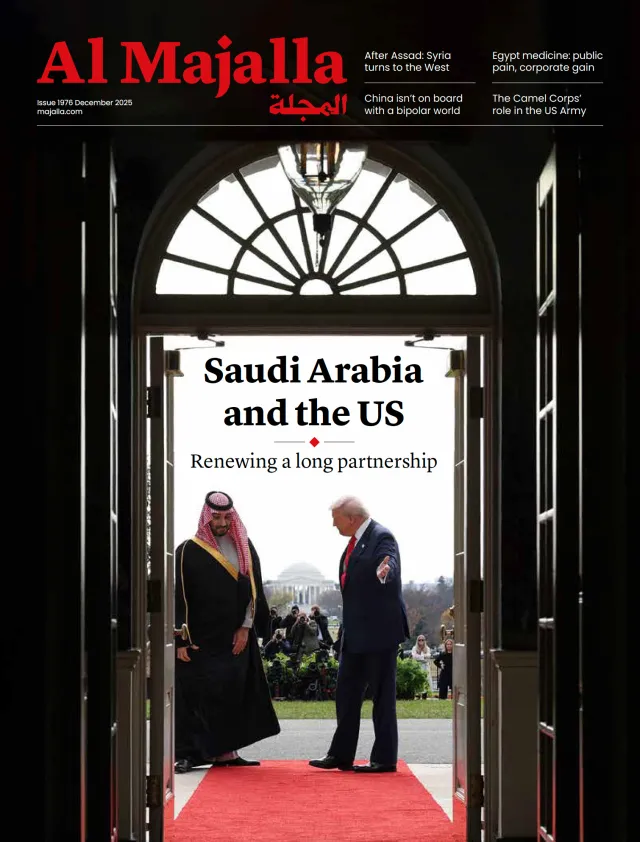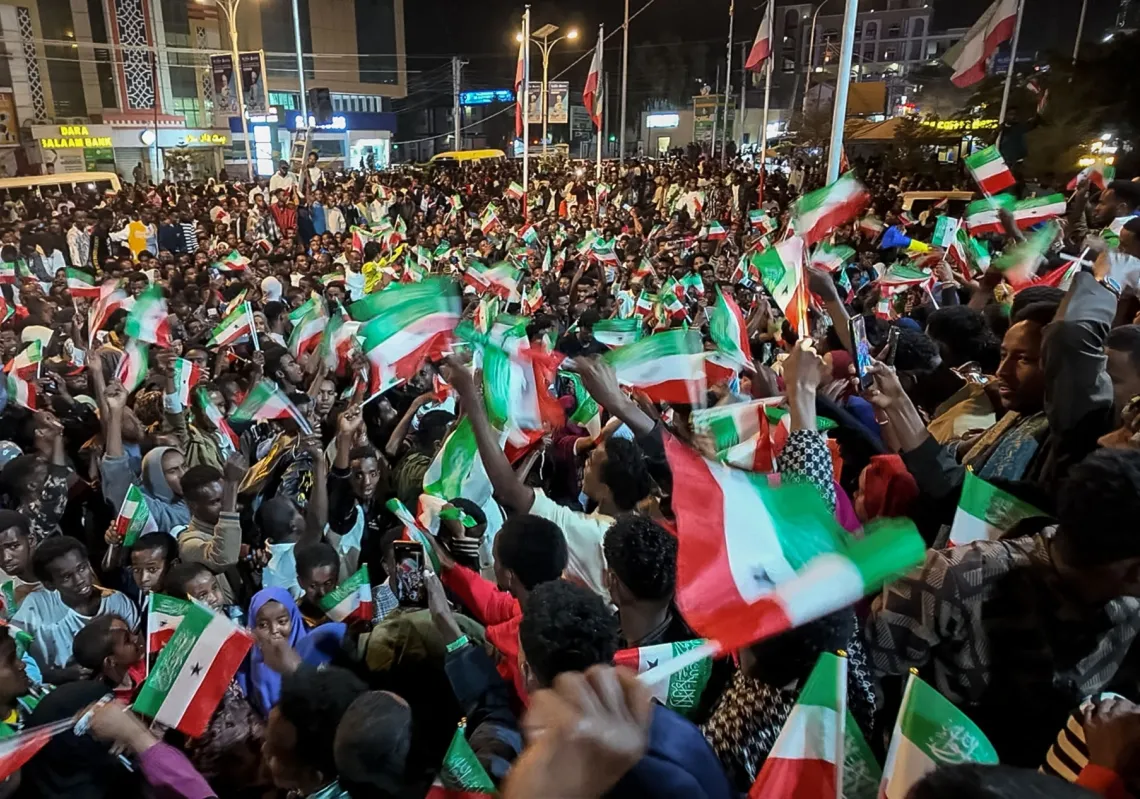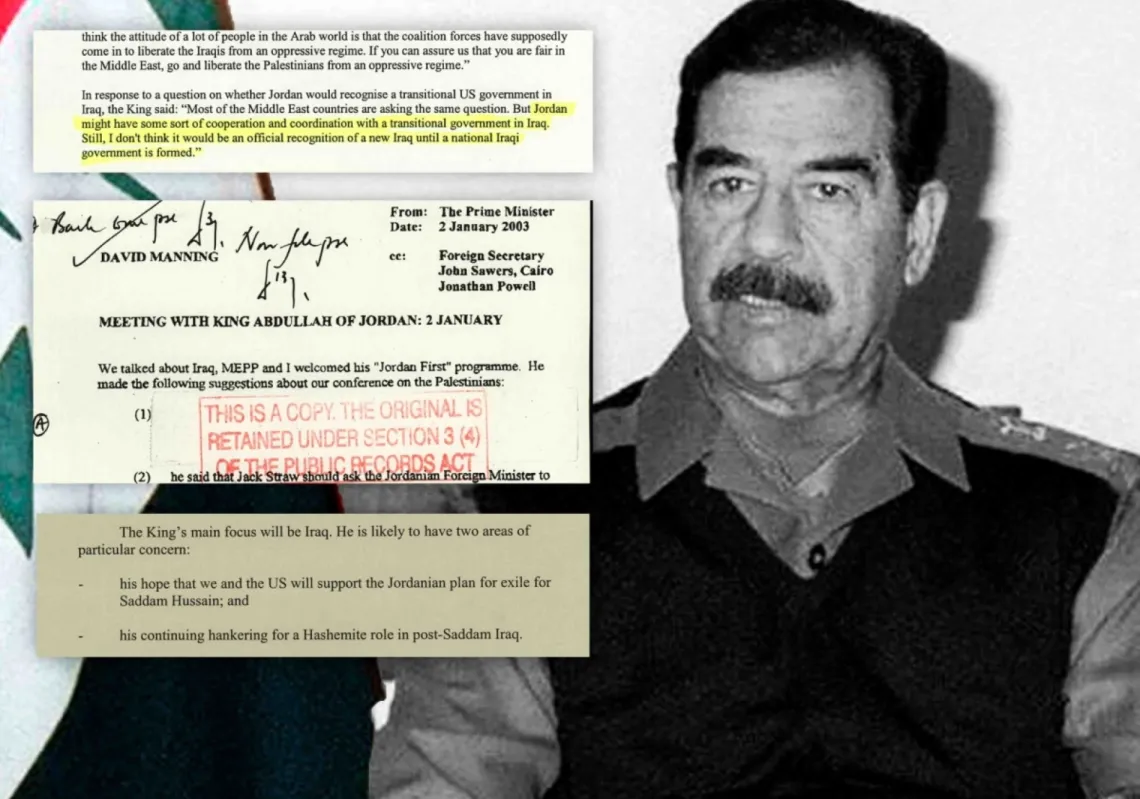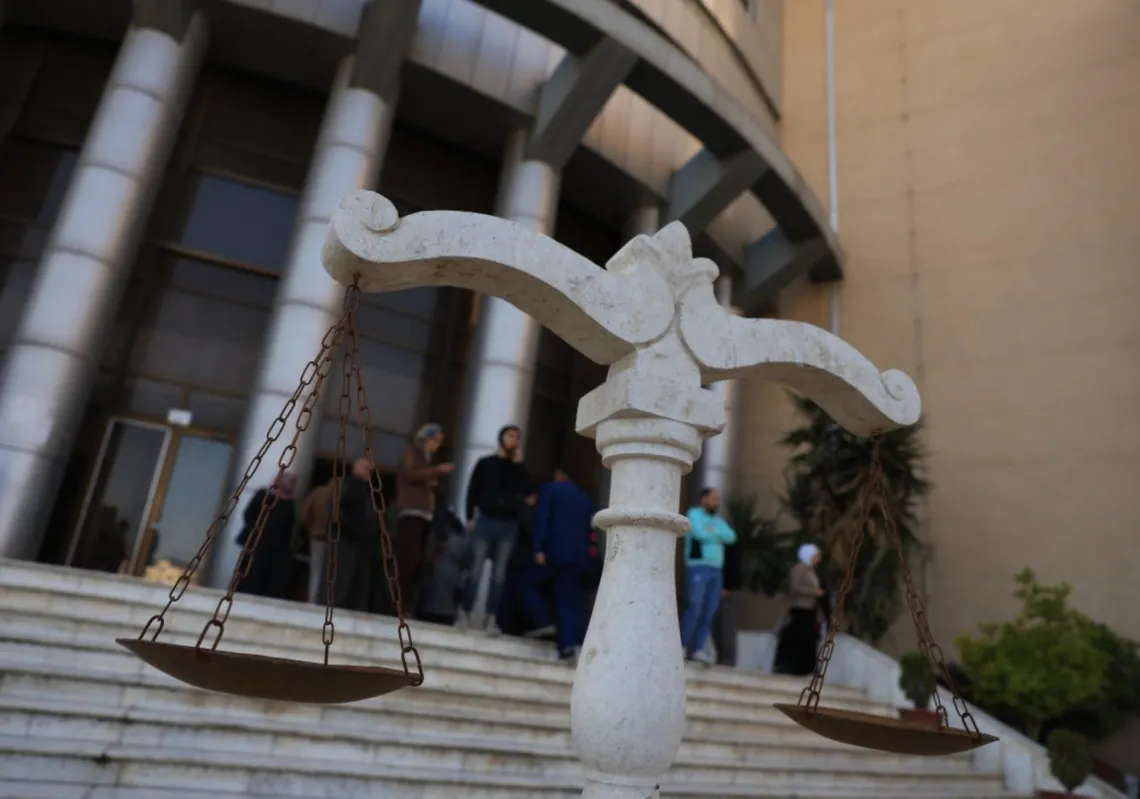On 28 April 2004, a year after the US-led invasion of Iraq, CBS aired the first images of Abu Ghraib prison. In doing so, it exposed American soldiers’ abuse of detainees and sparked global outrage.
One of the photographs showed a hooded prisoner—later identified as Ali Shallal al-Qaisi—standing on a box with wires attached to his body. Other images depicted naked detainees piled on top of one another, dragged by leashes, or being forced to simulate sexual acts. US soldiers, meanwhile, stood nearby, smiling, posing for the camera, and flashing the victory sign.
The Abu Ghraib scandal bears a notable resemblance to that of Israel’s Sde Teiman—a notorious detention centre in the southern Negev. What emerged from that facility, however, extended beyond still photographs. On 7 August 2024, social media platforms were flooded with footage broadcast by Israel’s Channel 12, documenting the assault of a Palestinian detainee by Israeli soldiers at Sde Teiman. The channel reported that the detainee was subjected to torture, with the soldiers, aware of the surveillance cameras, attempting to conceal their identities. CNN also aired the leaked video, which depicted Israeli soldiers committing acts of sexual violence against the prisoner.
The scandal cycle
Following the Abu Ghraib scandal, US President George W. Bush told Al Arabiya: “The people of Iraq need to understand that I view those practices as abhorrent.” He added: “They must also understand that what took place in that prison does not represent the America that I know.” Bush thus sought to distance his administration from the scandal, framing it as unrepresentative of American values.
In a 2011 study published in the Journal of Religion and Popular Culture, scholar Paul John noted that Bush-era officials used rhetorical and visual strategies to direct public attention to the images (the most striking elements of the scandal) rather than the scandal itself.
In effect, the Abu Ghraib photographs were recontextualised by government spokespeople to portray the abuses as the isolated actions of a few ‘bad apples’—individuals acting independently, without official authorisation, and not representative of broader government policy. These same officials, both in relation to Guantanamo Bay and Abu Ghraib, argued that the detainees held there were not protected under international conventions governing the treatment of prisoners of war.

A similar narrative followed the Sde Teiman scandal. Israeli police announced the arrest of nine soldiers for investigation, reinforcing the ‘bad apples’ argument—that the incidents were isolated and unreflective of official state policy. However, far-right Israeli politician Bezalel Smotrich went further, calling for an immediate criminal investigation to uncover the source of the leak.
For Smotrich, identifying and prosecuting the source of the leak took precedence over arresting and investigating the soldiers themselves, shifting the narrative from one of isolated misconduct to one suggesting potential institutional complicity. As John noted, despite the deliberate framing of such images as the acts of individual perpetrators, some soldiers revealed they had received ‘ideas’ from their superiors; guidance implying that such methods were necessary to ‘break down’ detainees’ resistance before interrogation.
‘Before interrogation’ refers to the period preceding formal interrogation inside what detainees call the ‘black box’ room. Notably, the images and footage that have surfaced are not from interrogation chambers, but other areas within the prisons. These materials have been presented as scandals attributable to individuals and disconnected from the wider administrative or political structure. Yet, the abuses occurred within the institutions themselves, not outside them.
The abuse of detainees’ bodies at Abu Ghraib, captured in the leaked photographs, often occurred in what was referred to as the ‘reception’ area. Former detainee Ali al-Qaisi described it as a ‘reception party’. In the documentary Ghosts of Abu Ghraib, which includes al-Qaisi’s live testimony, he describes this area where detainees were processed and assigned identification numbers.
Shocking testimony
Al-Qaisi recounts five harrowing days in this reception zone: “I was completely naked throughout. I spent four of those days bound in an uncomfortable position at the cell door. During those four days, I endured the harshest, vilest forms of torture, including musical torture. In every session, a woman would sit and perform obscene acts in revealing clothes. Sometimes, she insisted on searching detainees’ intimate areas during interrogation. Guards urinated on detainees and threw other filth on them.”













